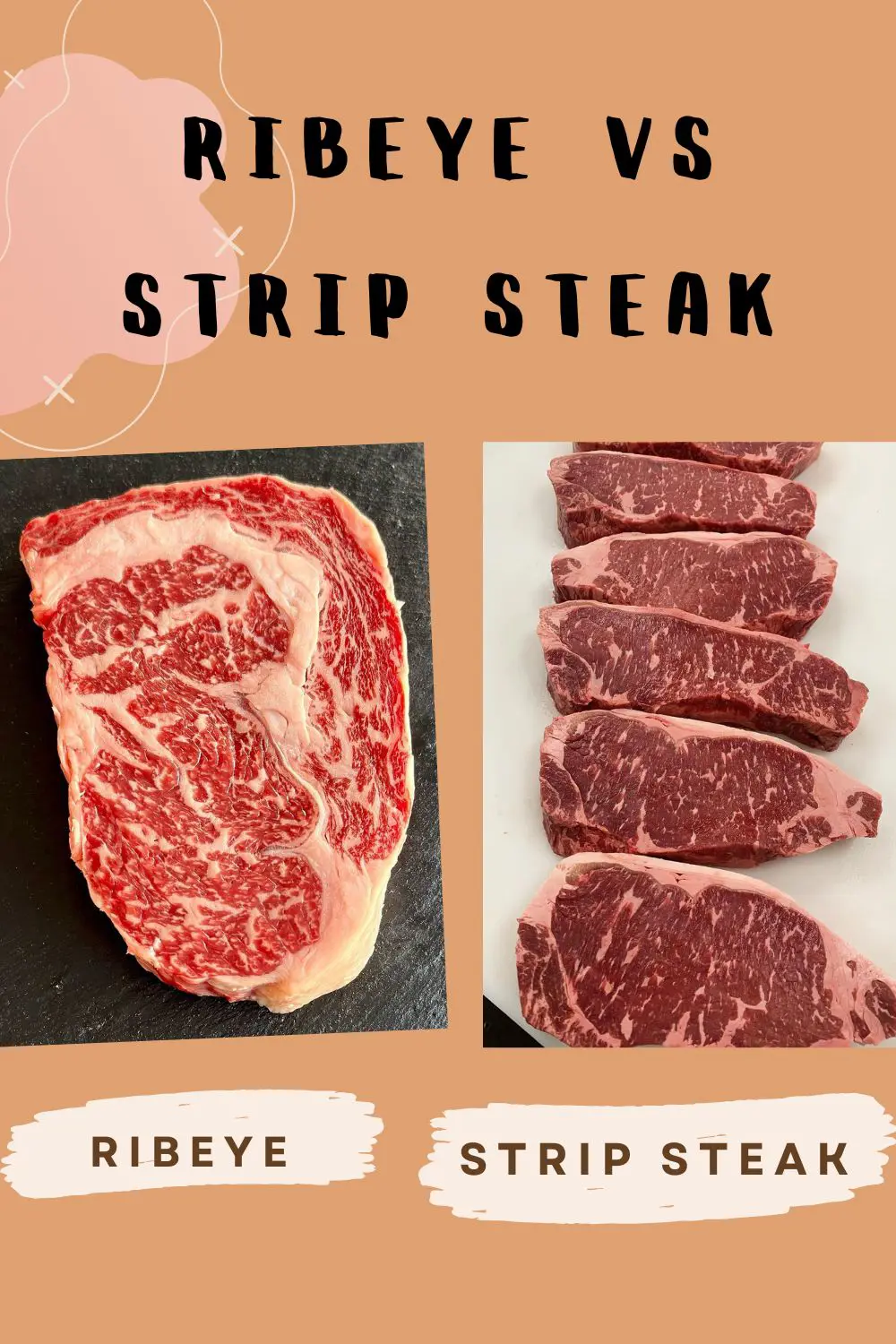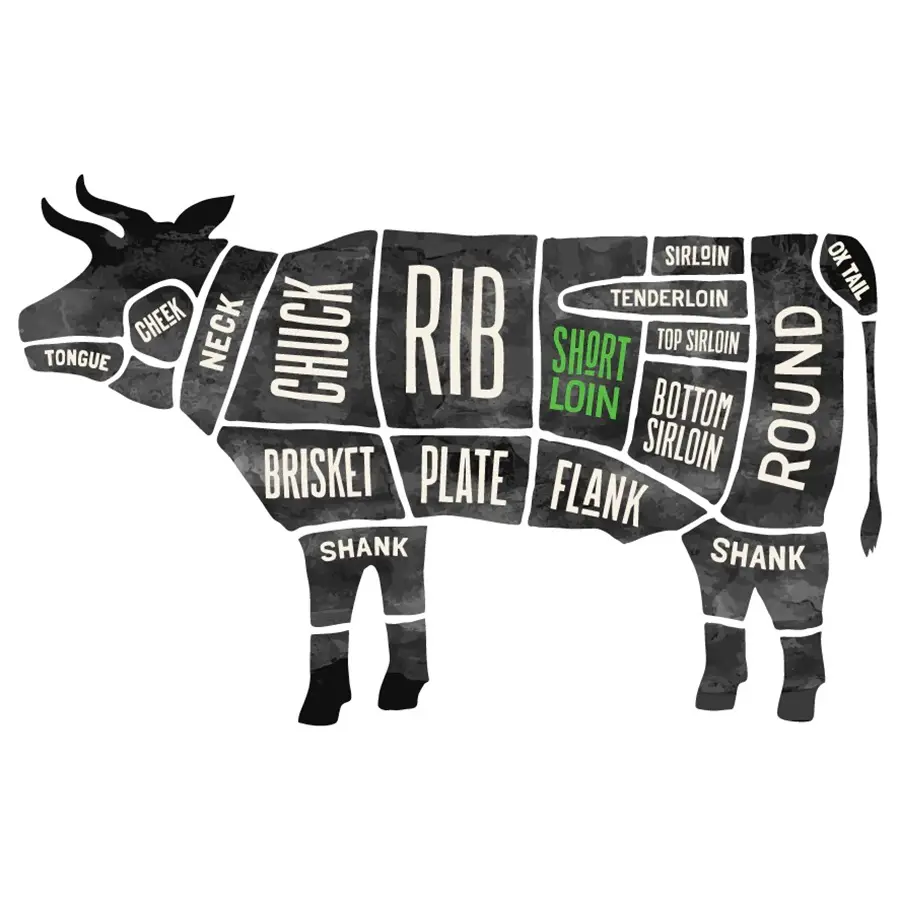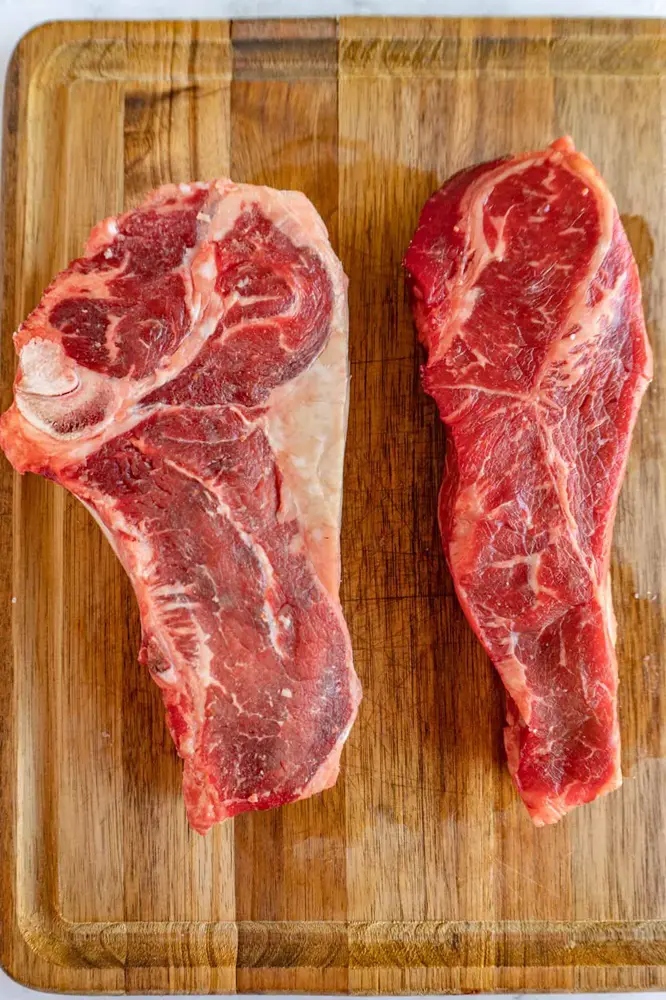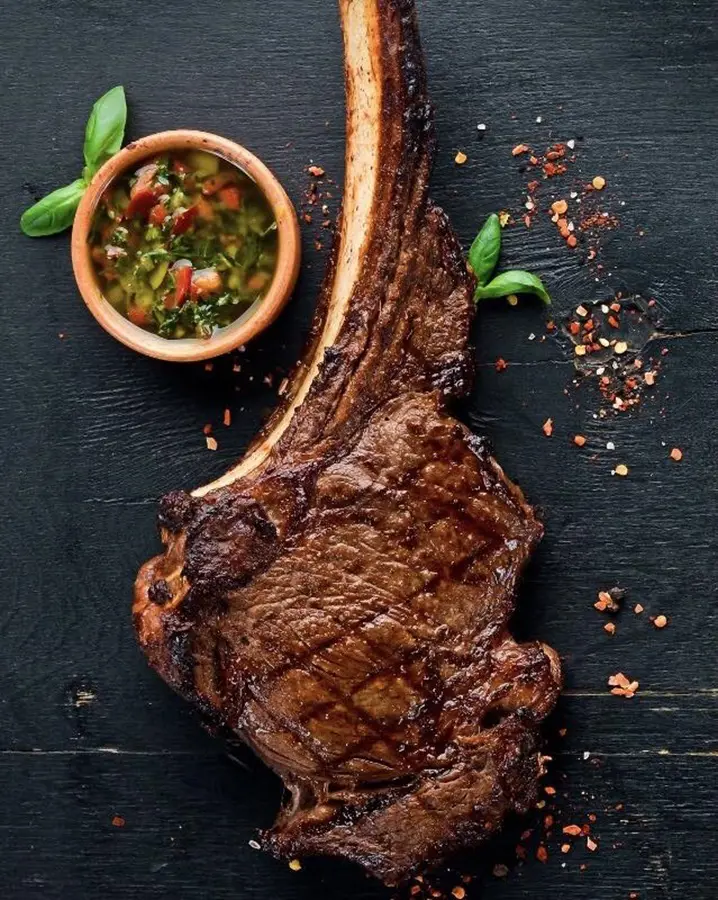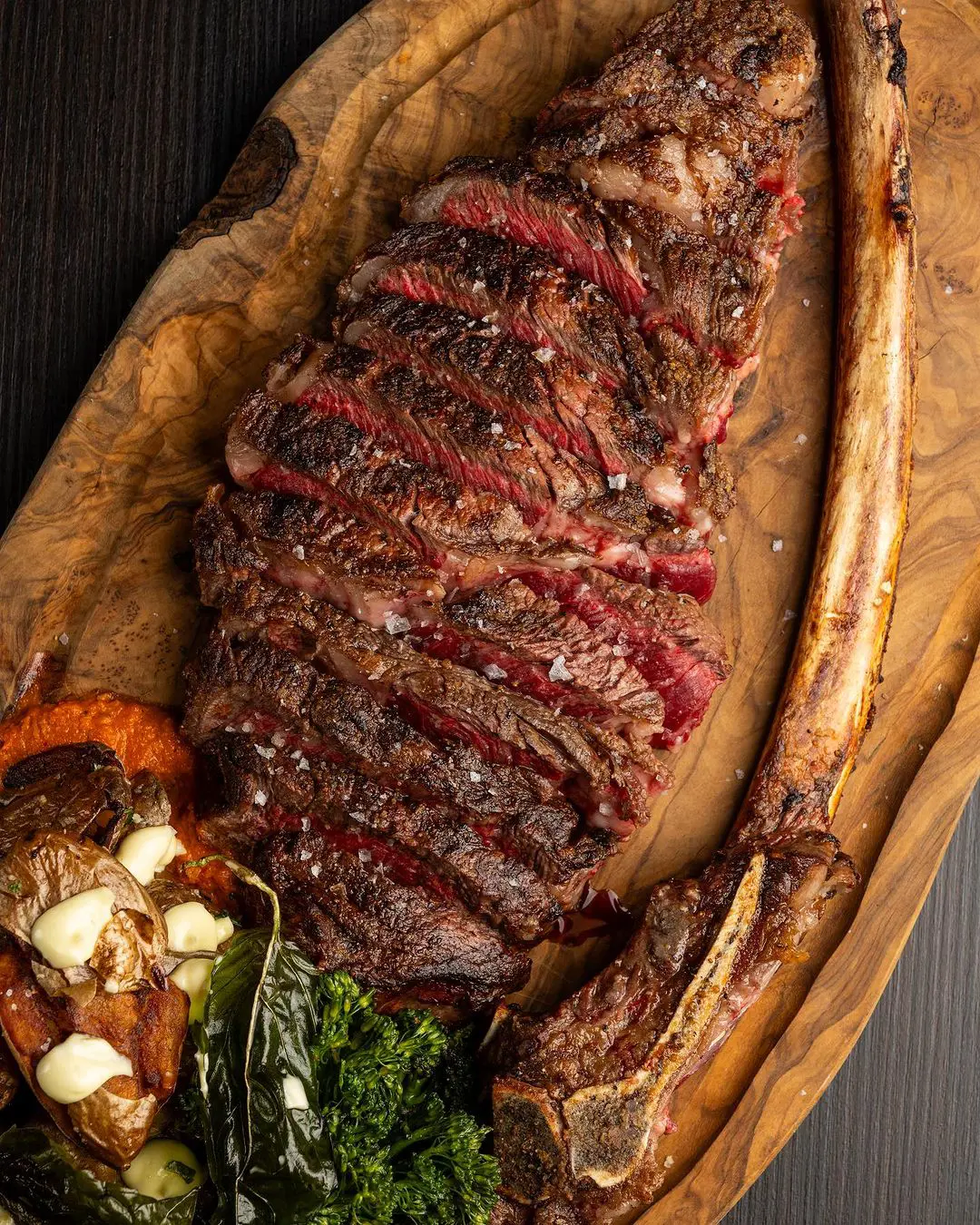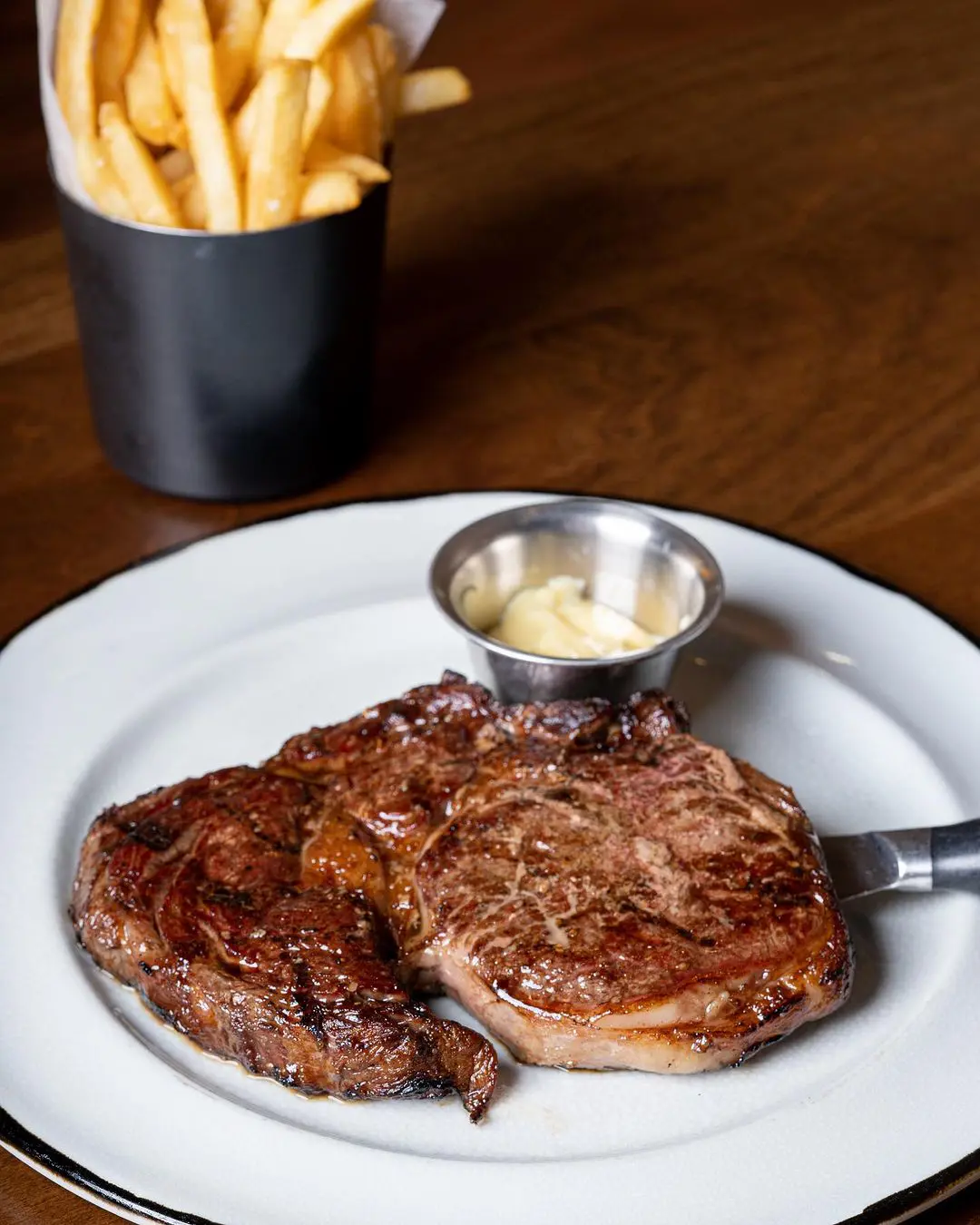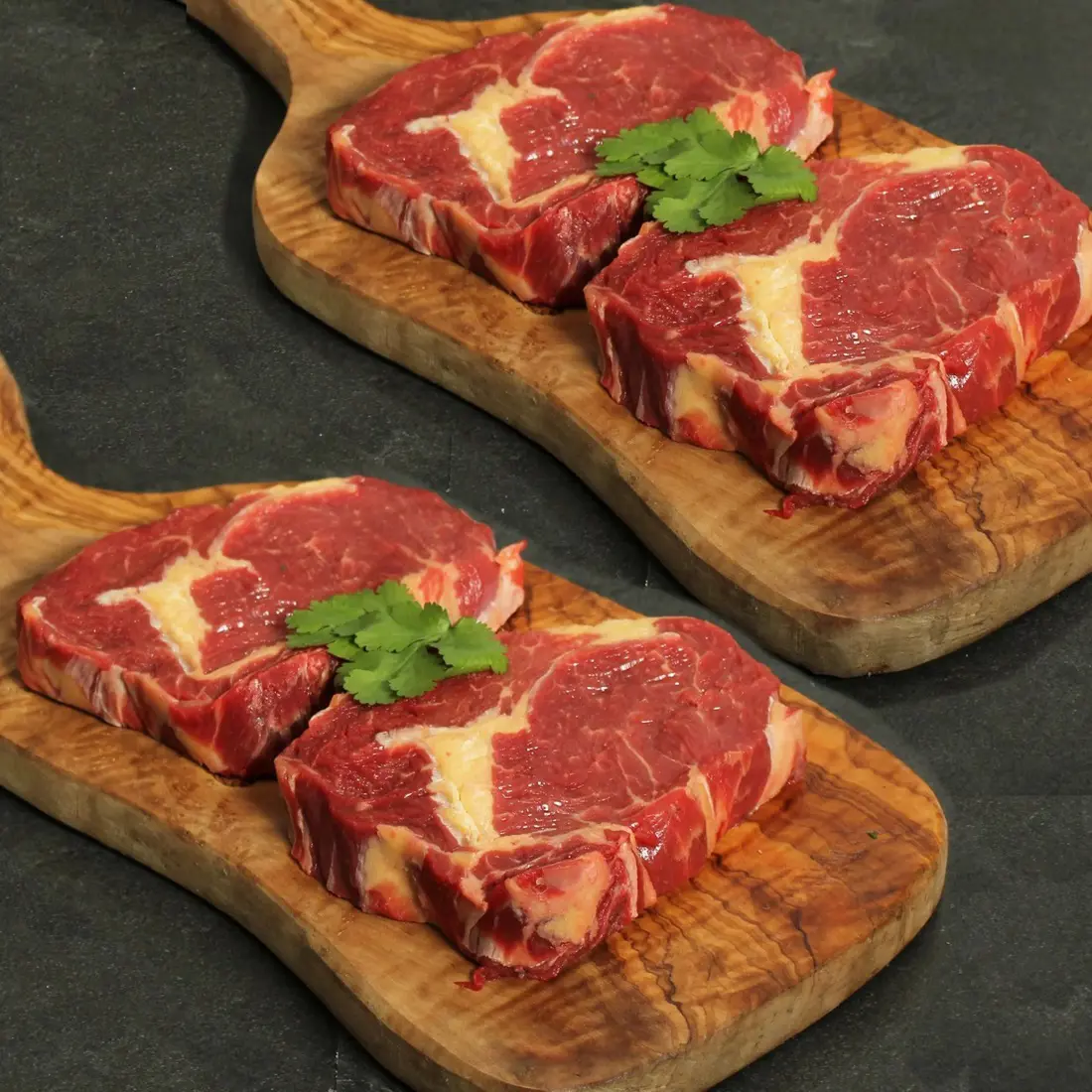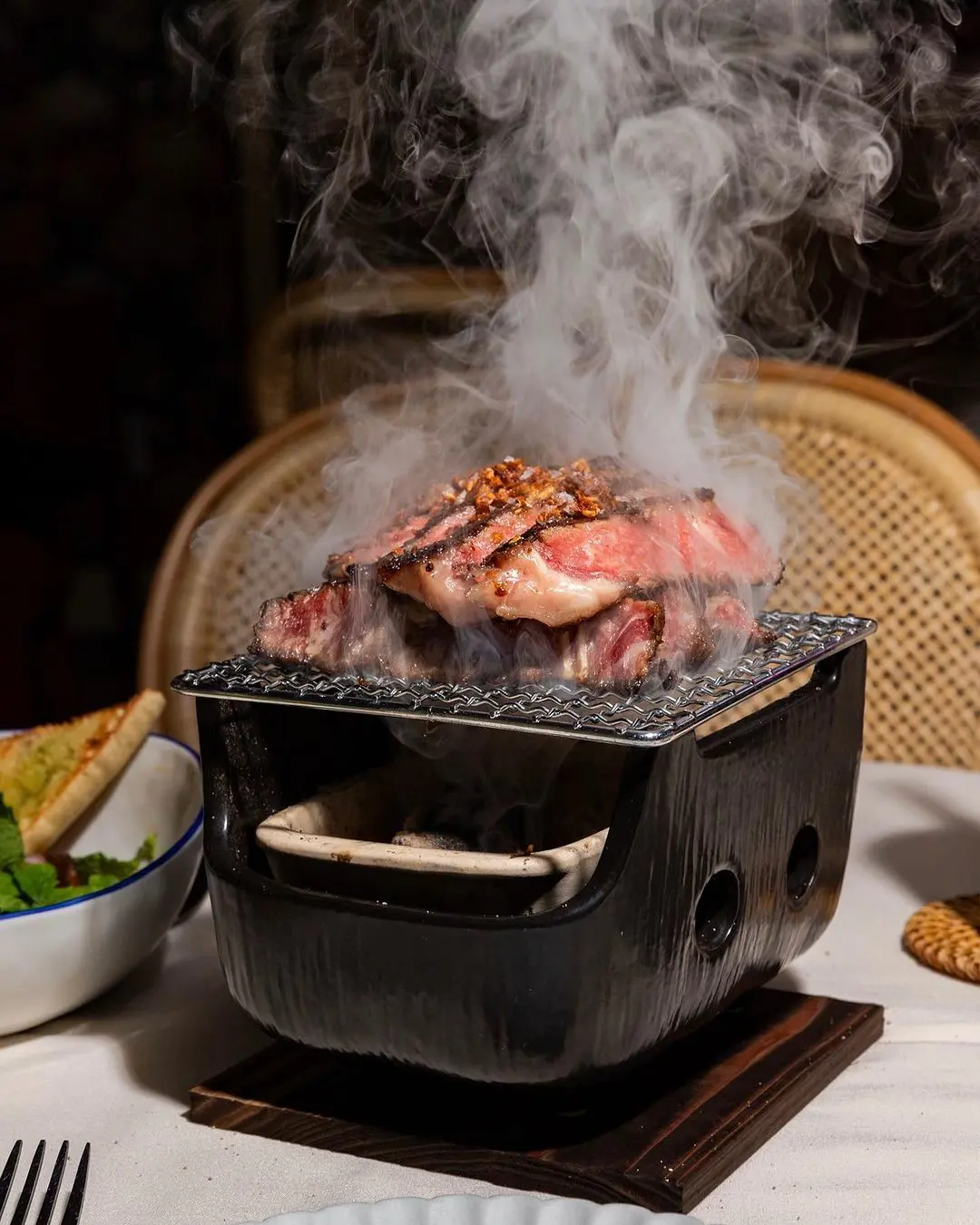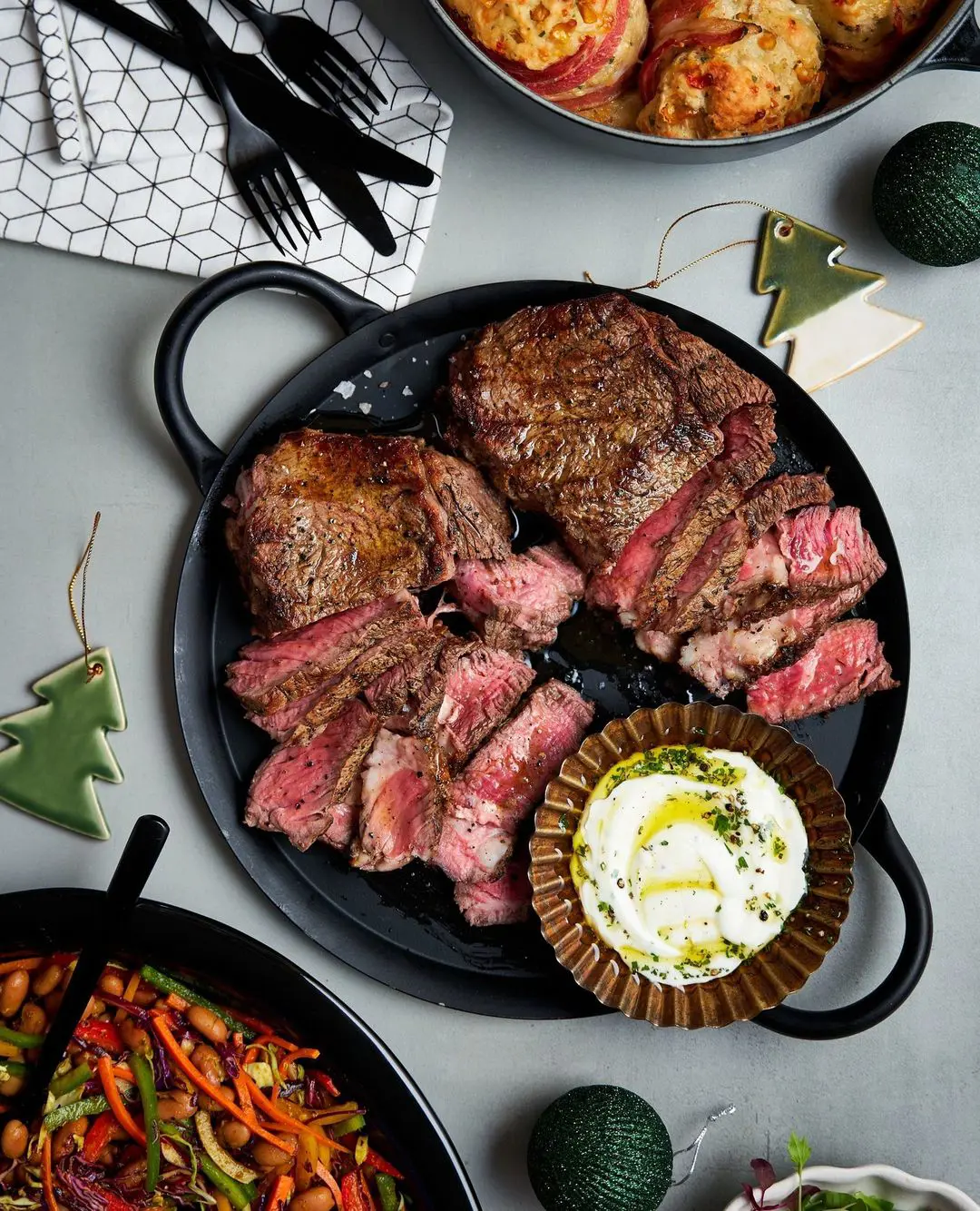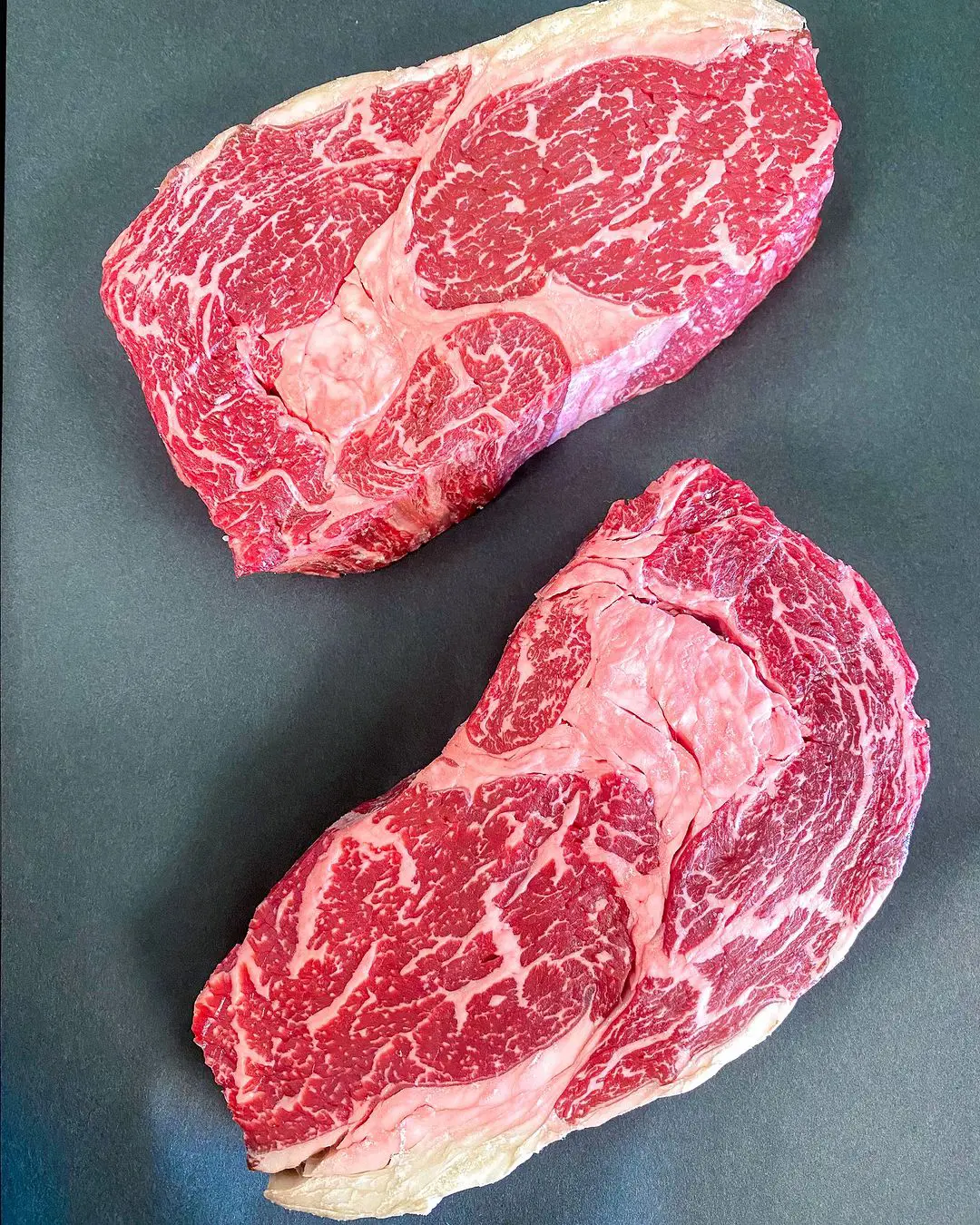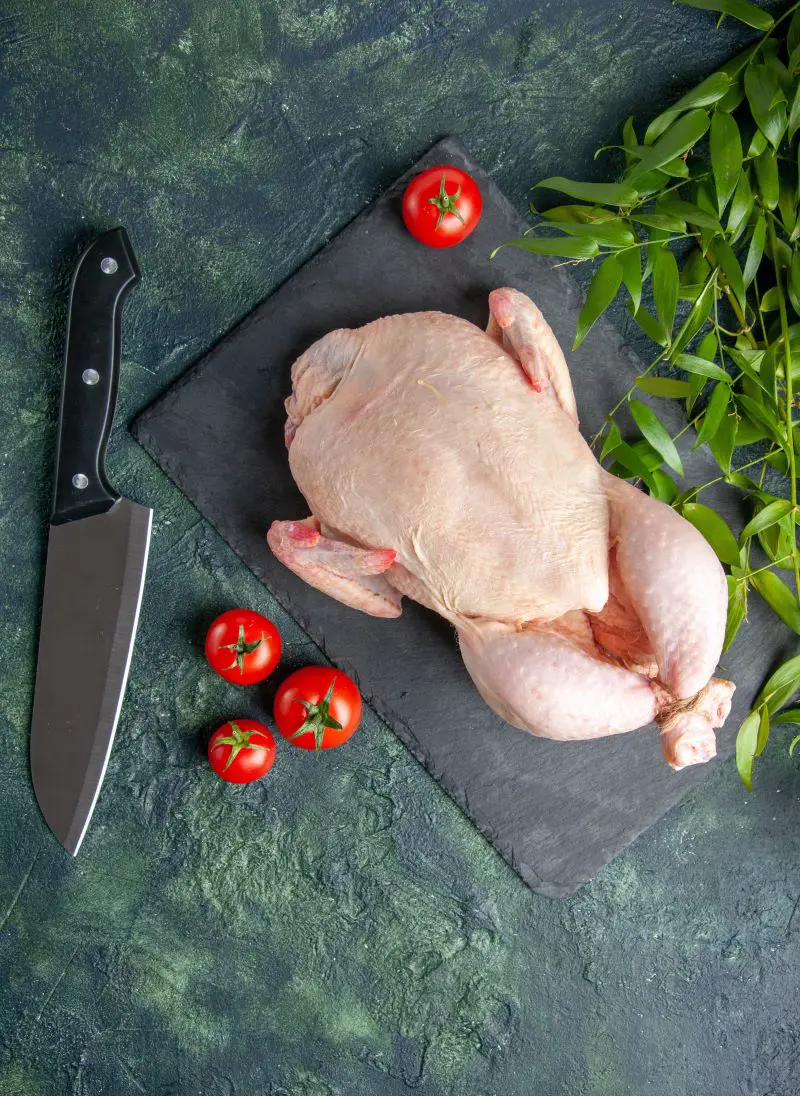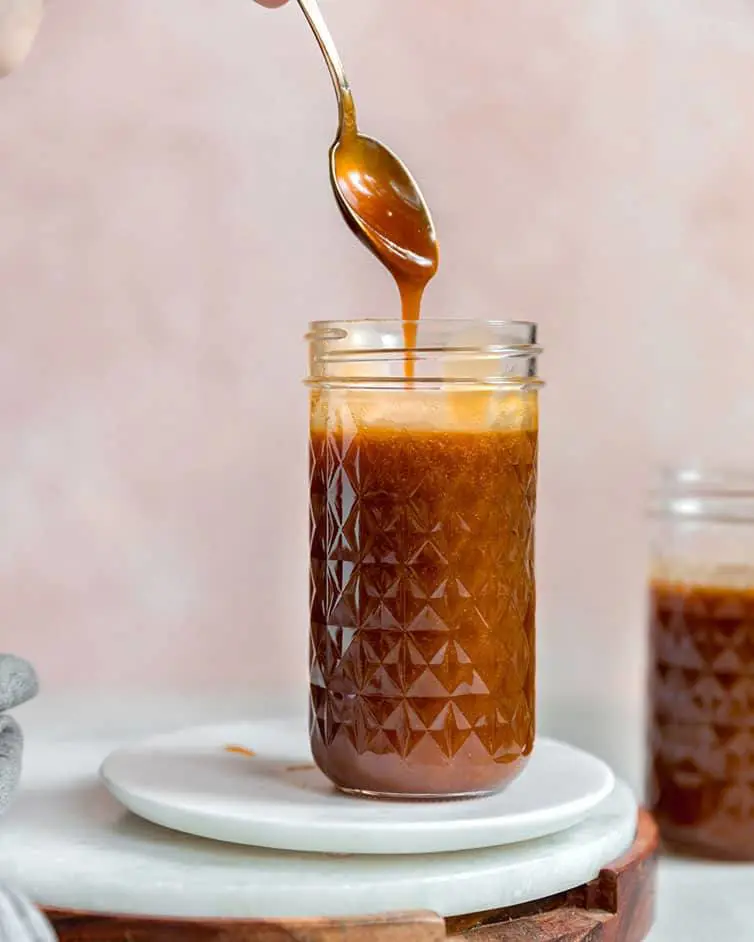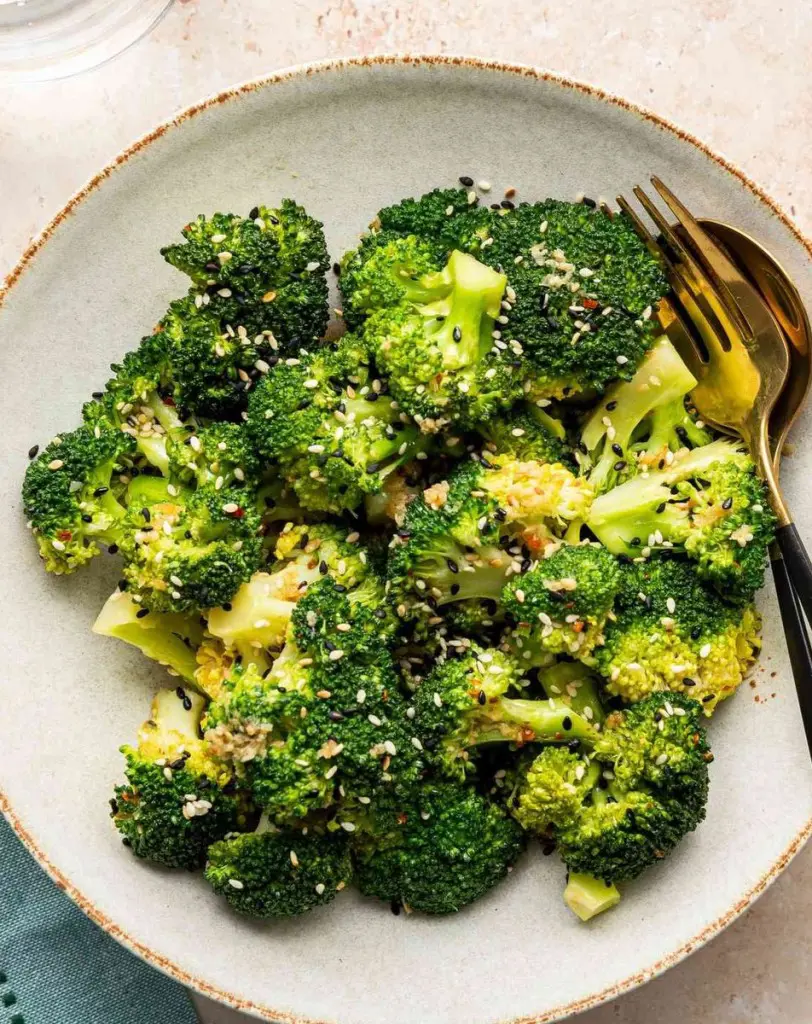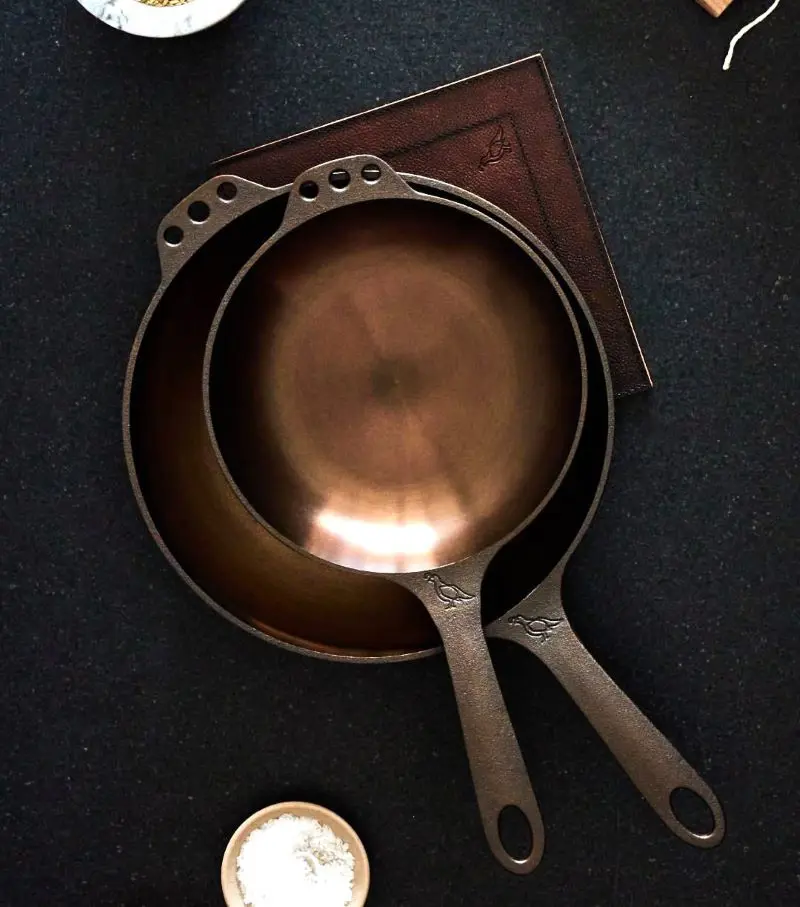What is Ribeye?
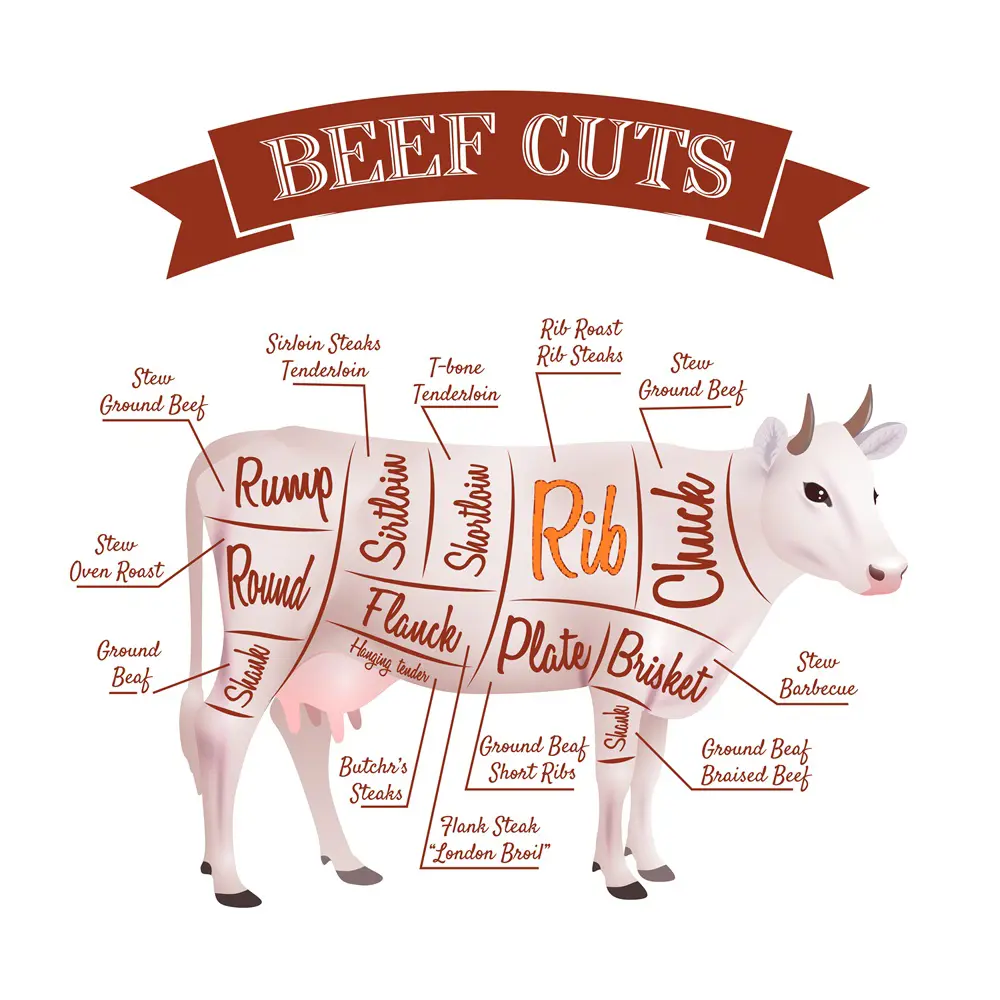
Ribeye comes from the rib section of the cow, typically from ribs six through twelve. This cut gained prominence due to its tenderness and succulence, as it is derived from muscles that receive less exercise. The interplay of meat and fat, especially in well-marbled, high-quality ribeye, has made it a celebrated choice for steak lovers.
While the marbled fat in ribeye does provide a source of monounsaturated fats and omega-3 fatty acids, it's essential to be mindful of the increased calorie and saturated fat intake associated with this cut. The elevated fat content contributes to a greater caloric density and imparts a richer flavor to the meat.
- Calories per 100g/3.5 ounce: Approximately 250-300 calories.
